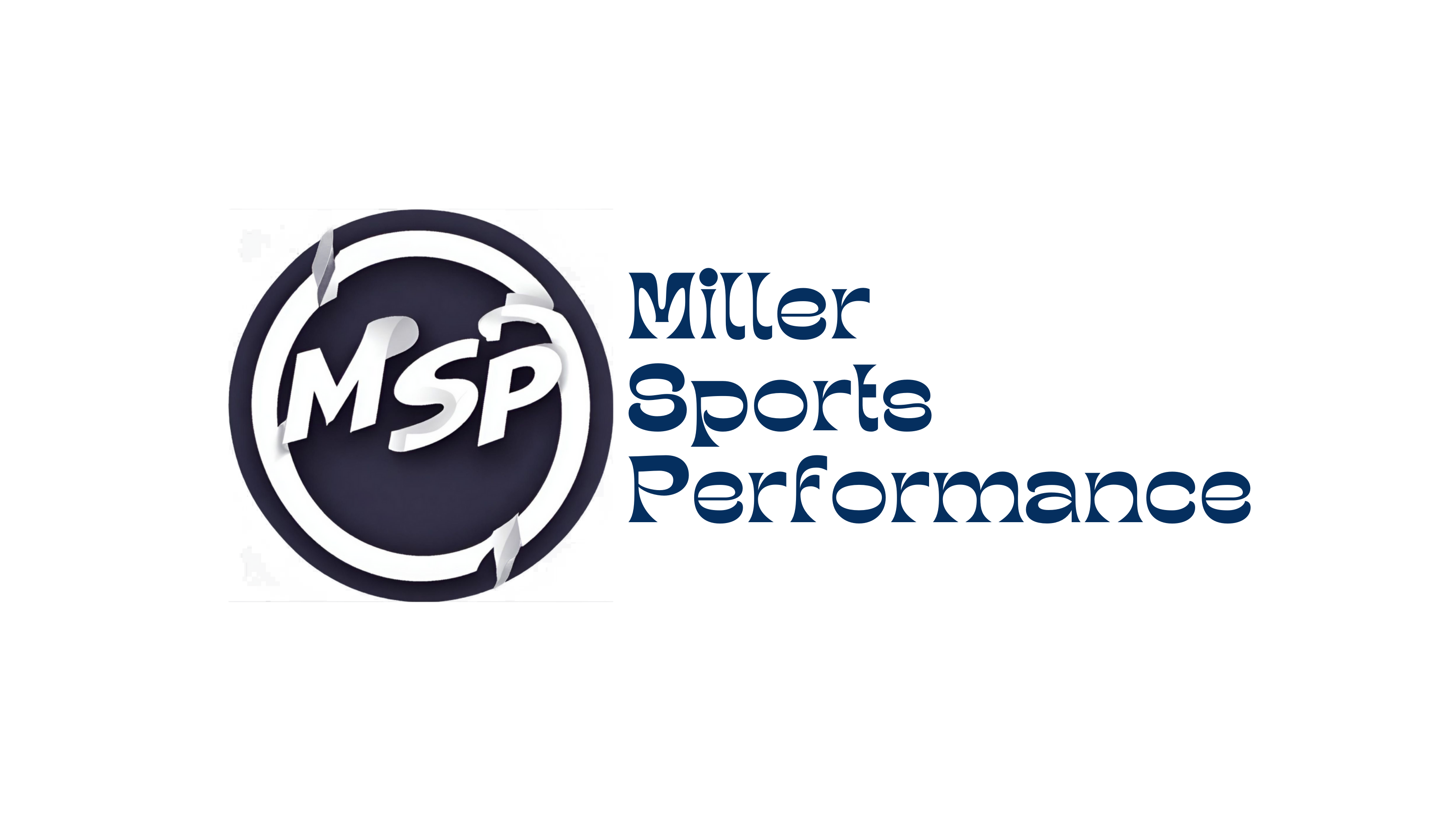Participation in community sports programs is often hailed for its potential to yield positive outcomes, both at the individual and community levels. The prevailing belief in the positive effects of sport on youth development, physical well-being, and character building has led to a surge in research exploring these aspects. However, a closer examination reveals that the impact of community sports programs is not always a straightforward narrative of positive results. This article delves into the complexities surrounding community sports programs, exploring the diverse perspectives of stakeholders involved, and shedding light on the challenges and opportunities inherent in these initiatives.
At the individual level, research suggests that sport participation is associated with various positive youth development (PYD) outcomes. These include physical benefits, an increase in developmental assets, and the development of character, caring, competence, confidence, and connection (Lee et al., 2018; Fraser-Thomas et al., 2005; Lerner, 2007). The community sport development (CSD) approach further advocates for extending these positive benefits into local communities, focusing on the facilitation of thriving for all (Caldwell & Witt, 2018).
However, as pointed out by Coakley (2011), this idealized view of sports’ positive influence may not always align with reality. Sport participation, in certain contexts, has been linked to negative outcomes, such as increased levels of aggressive behavior (Kreager, 2007). This dichotomy has prompted extensive research into specific sport contexts, program elements, coaching styles, and program effectiveness evaluations (Legg et al., 2018; Cryan & Martinek, 2017; Parent & Harvey, 2017). Yet, the evaluation process is far from straightforward.
Several challenges complicate the evaluation of community sports programs, including imprecise articulation of desired outcomes, a pervasive belief in the inherent goodness of sports, limited resources within community sport organizations, and practical challenges like building trust, obtaining parental consent, and addressing participant attrition (Coakley, 2011; Millar & Doherty, 2016; Whitley et al., 2014). Additionally, the concept of PYD, though often highlighted as a desired outcome, is approached from varied theoretical perspectives and measured using different tools (Lerner, 2007; Scales & Leffert, 2004).
Further complicating matters is the lack of consensus on desired outcomes among relevant stakeholders, including players, coaches, parents, and administrators. This concern is particularly pronounced in CSD programs, which involve multiple stakeholders and are inherently situated within specific contexts (Misener et al., 2013; Rich & Misener et al., 2019). Engaging citizens and stakeholders becomes crucial in community sport programs, as without general agreement on desired outcomes, there is a risk of a lack of focus and dilution of the program’s overall message (Bolton et al., 2008).
This study addresses these challenges by presenting an in-depth case study that analyzes the perceptions of multiple stakeholders in a community school sport program. By exploring the perspectives of those directly involved in or affected by community sports programs, the research aims to identify common ground and differences among stakeholders regarding the purpose and desired outcomes of these initiatives.
The article emphasizes the need to navigate the complex landscape of community sports programs by acknowledging the diverse perspectives of stakeholders. By understanding the multifaceted nature of these initiatives, researchers, organizers, and policymakers can work towards a shared understanding of the purpose and potential impact of community sports programs. Only through such collaborative efforts can these programs fulfill their promise of fostering positive youth development and thriving communities.
Full article can be read from Dr. Eric Legg in The purpose of sport: perspectives of players, coaches, parents, and administrators
